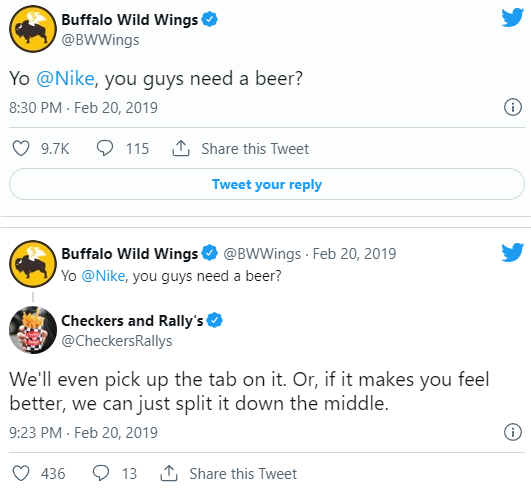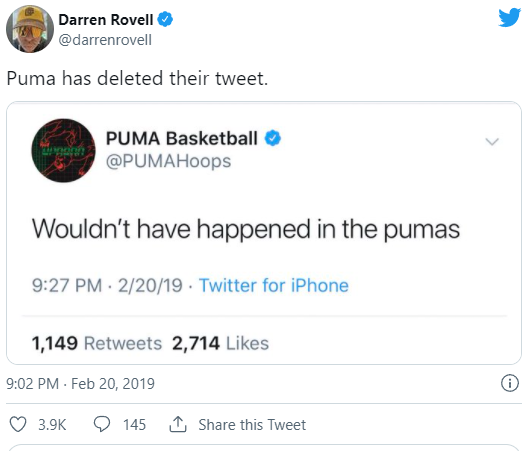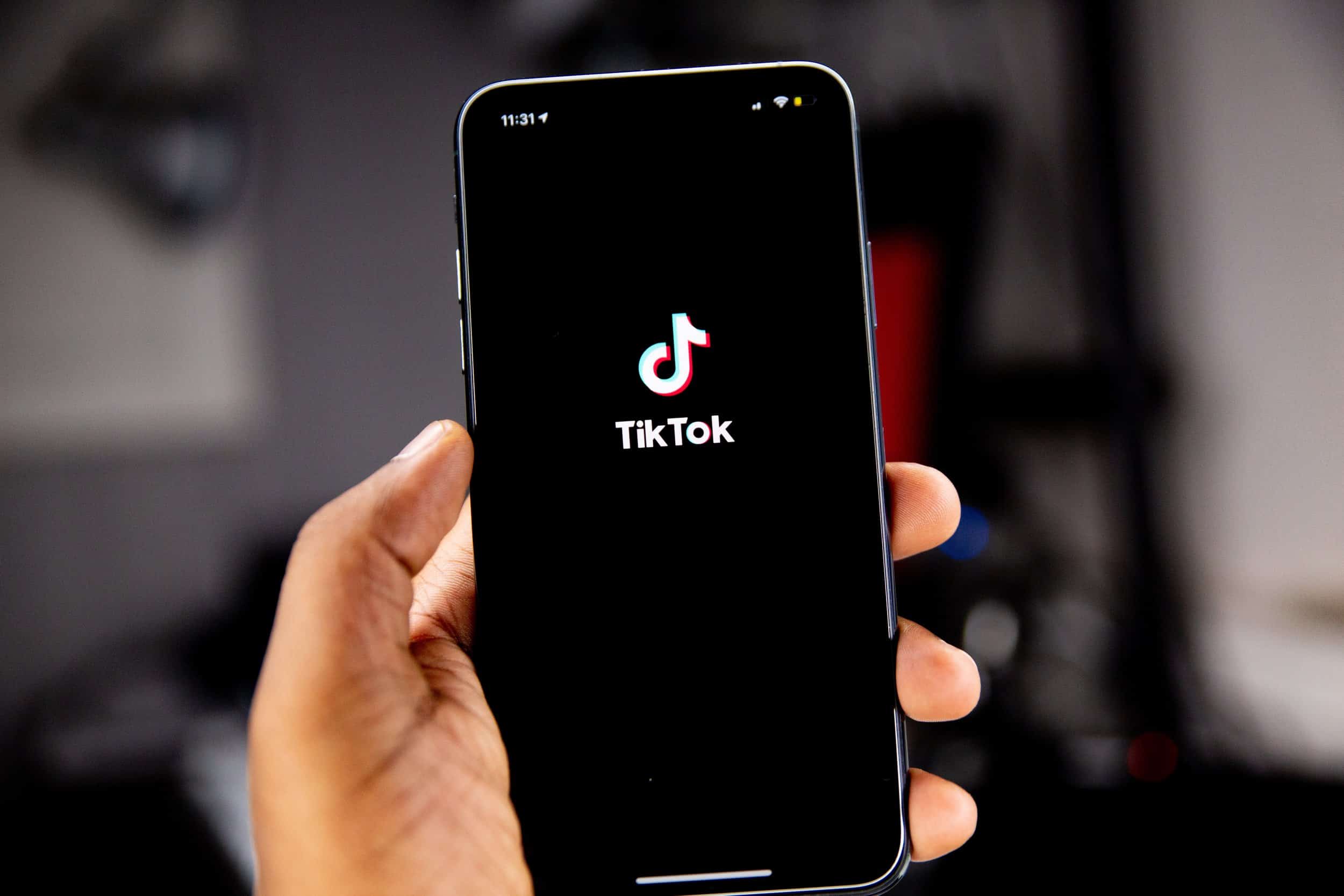Welcome to social listening: How to use data to inform social media strategy

Have you ever had a conversation with a bad listener? It doesn’t typically last long and is almost always unpleasant. Like people, brands can be good or bad listeners, too. And just like bad listeners lose friends, your brand won’t earn a following unless you create engaging content that fits and responds to your audience’s needs, interests, and personality.
That’s where social listening comes in. In addition to growing your following, social listening helps marketers understand their audiences, revealing pain points and potential opportunities. It’s the number-one way to make forward-looking, data-driven decisions about your marketing strategy, helping you meet the needs of your audience simply by keeping your ear to the ground.
Social Monitoring vs Social Listening
Any marketer worth their salt should be monitoring social media regularly, tracking metrics like comments, customer mentions, reviews, and other important KPIs. Social monitoring like this gives us the “what” of the equation, integral data that measures how your brand is performing. At this stage, we’re measuring the viability of content that we’ve already produced or responding to customer input. Though necessary, this doesn’t paint a complete picture—we’re being reactive as opposed to proactive.
When monitoring, you’re only listening to conversations that happen when you’re in the room—feedback from messaging your brand has released. Social monitoring helps us know what’s happened but doesn’t provide much insight into why, which can make planning for the future a guessing game. With social listening, you get a broader understanding of the entire conversation, with granular insights into how your audience behaves, what they like, dislike, and don’t care about.
While social media monitoring tells us how customers respond to strategy, social listening unveils the why behind their response. The goal is to analyze comprehensive data and identify consumer patterns in behavior. Effective social listening should inform strategy at every level of the business, from producing great content to risk assessment, sales strategies, and much more.
How Does Social Listening Work?
So what’s involved in social listening? This forward-looking process takes all social media platforms into account—even those you don’t operate on—in addition to the web. At a rudimentary level, you’re looking for mentions or conversations about your brand, products, services, competitors, and other relevant topics. More sophisticated listening processes, like those used by CKP, implement the assistance of AI to track these keywords.
Once you’ve chosen relevant topics, social listening is conducted by measuring the share of voice, volume of conversation, engagement rate, and sentiment surrounding each keyword. In essence, you’re looking to see what percentage of conversational space these keywords occupy, how frequently people talk about them, how much people care, and the overall emotional sentiment.
When you’ve identified and analyzed your data, you should have a clear picture of what matters to your customers, what doesn’t, and how you can better meet their needs. At this point, you should be able to make recommendations for strategic changes. The social listening process is ongoing, so any course corrections you make should be reviewed and adjusted as needed.
Listening to Create Better Content
Overall, the importance of social listening lies in its capacity to enlighten us to the thinking behind customer behavior. What’s your audience talking about? What are their interests? What brands do they interact with? Is that interaction positive or negative? Social listening allows us to answer these questions as we look forward and plan future content. Identifying audience buzz around certain topics and then creating relevant content allows your brand to join the conversation, engaging with consumers over something they care about directly.
For example, let’s say a new law is being signed that a large portion of your audience is talking about. A recent study from Sprout Social noted that 66% of consumers think it’s important for brands to take stances on social and political issues. If it’s relevant to your brand, you might use this as an opportunity to create messaging addressing the law, engaging with your audience over something they care deeply about, in the same way that Airbnb made a statement following the 2018 travel ban.
Similarly, identify trends that resonate with your target audience. Be timely and conscious of what your fans are engaging with and develop content that dovetails with their interests. Take competitors into account, too—identify their mentions and then gauge how your audience is responding to them. Proper listening ensures you’re clued into what your audience is talking about—even if it’s not about you.
Informing Brand Reputation Strategies with Listening
So, you’re ready to start listening but not sure where to begin? First, tracking how your audience talks about your brand over time is necessary for establishing a baseline. Get a good understanding of how frequently your brand is mentioned and your audience feels about it under normal circumstances. Knowing what your baseline is will make deviations clear and allow you to rapidly respond to changes in conversation. If the majority of consumer sentiment regarding your brand is positive but tanks over a short period of time, you’ll know when and how to respond thanks to active social listening.
Social listening is a fantastic way to track and manage public relations crises. For example, in 2019 a video depicting star basketball player Zion Williamson’s Nike shoe bursting open during a game created a massive influx of high-frequency negative sentiment towards Nike on social media. Multiple brands joined the conversation, using this as an opportunity to engage with their audience and potentially attract new fans.
Meanwhile, Nike went into crisis control to recover from declining share prices and negative publicity. The company’s willingness to listen and address critics while maintaining that this was an isolated incident helped the brand weather the fallout. Pivoting from crisis control four months later, Nike then used this as an opportunity when they announced a major shoe deal with Zion Williamson.


Social listening can also help you ascertain your audience’s response to company policy. In 2018, Dick’s Sporting Goods made the decision to stop selling assault-style rifles due to a deadly mass shooting in Parkland, Florida. Although the negative voices can sometimes be the loudest (and get the most attention), the company was able to use social listening analysis performed by Sprout Social to learn that the public sentiment regarding the decision was overwhelmingly positive. Of close to 343,000 tweets analyzed, 79% showed support for the brand and its new policy.
Listening to Inform Business Strategy
Every business strategy has to be capable of adapting to an ever-changing marketplace, and social listening can be an indispensable tool for identifying new opportunities for growth.
Case in point: during the 2019 holiday season, luxury exercise equipment brand Peloton released an ad their audience found to be steeped in sexism. Chagrined from public outcry, the brand spent the remainder of its holiday season recouping an almost overnight 10.5% decrease in stock price, costing the company more than $1 billion. This is a prime example of how a better understanding of customer behavior and attitudes via effective social listening could have prevented an embarrassing bungle.
At the same time, Peloton’s gaffe presented an opportunity for savvy companies like Aviation Gin. At breakneck speed, the spirits company produced an ad featuring the same actress from the original Peloton commercial, poking fun at the original’s failure. Astute listening allowed Aviation Gin to co-opt Peloton’s messaging, turning another company’s failure into their opportunity—earning over 9.4 million views on Twitter and 4 million views on YouTube.
Business isn’t done in a vacuum, so your strategy shouldn’t solely be determined by internal factors and goals. Comprehensive communications research, which includes ongoing social listening, is key to ensuring brand longevity.
How to Get Started
Though every company can use internal teams to socially monitor and listen, we’ve found that third parties like agencies are the most effective listeners due to their lack of bias. At CKP, using data to inform our communications strategies is at the core of our brand.
We regularly perform social listening analyses using Sprout Social, delving into historic and current data to fully understand the online conversation around our clients, their competitors and industries. This quality information is key to maintaining informed and effective strategies and content. When incorporated into your communications and marketing strategy, social listening can be an invaluable tool for measuring your brand’s success while ensuring its future.
More Blog Posts

In the digital era, one symbol has risen to become a ubiquitous thread connecting social media platforms, marketing campaigns, and...

Despite the recent introduction of legislation to ban the use of TikTok in the US, when it comes to social...

One thing that always comes up in a CKP meeting: food. Do we have a shared recipe doc for swapping...

When you hire a graphic designer to build social media assets or engage an agency to rework your branding, it...

